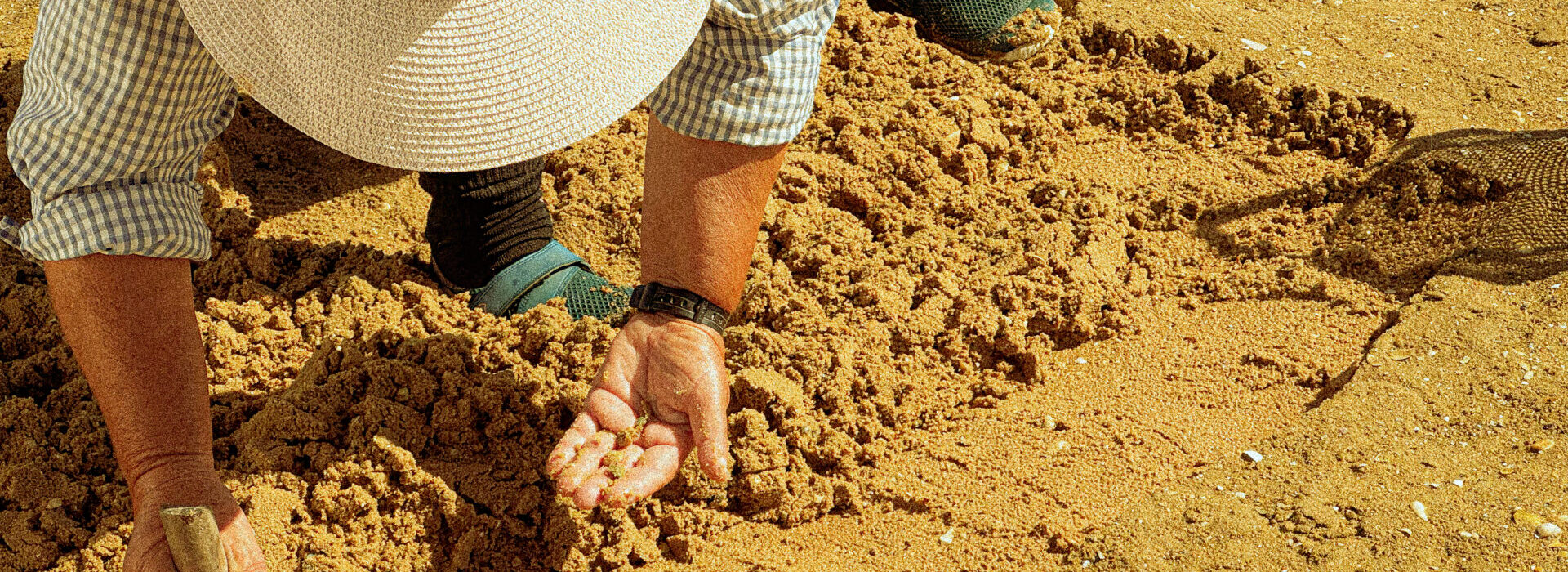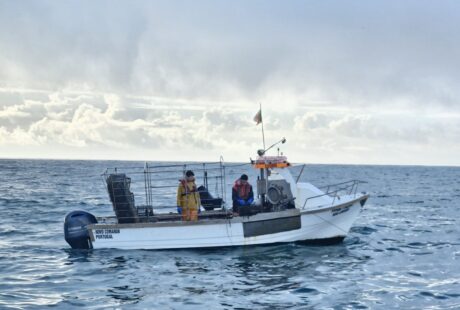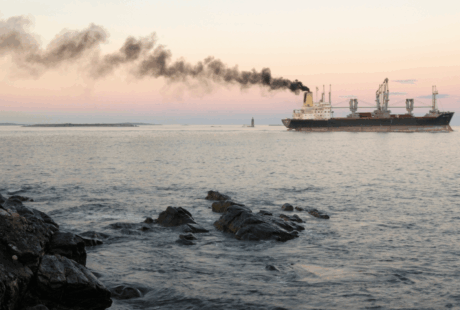Sciaena is a member of Seas At Risk. This article will soon appear in Portuguese on Sciaena’s website.
By Valentina Muñoz
At Sciaena, we believe that effective ocean conservation measures need the vision and engagement of all stakeholders involved – especially in local coastal communities.
Over the past year, Sciaena had the privilege of leading the project Mulheres da Ria (Women of Ria), financed by Fundação Calouste Gulbenkian, a community-based project with the objective of recognizing, empowering, and amplifying the voices of the women – shellfish gatherers, oyster farmers, and fisherwomen of Culatra, who are at the frontline of climate adaptation, marine conservation and community caretaking.
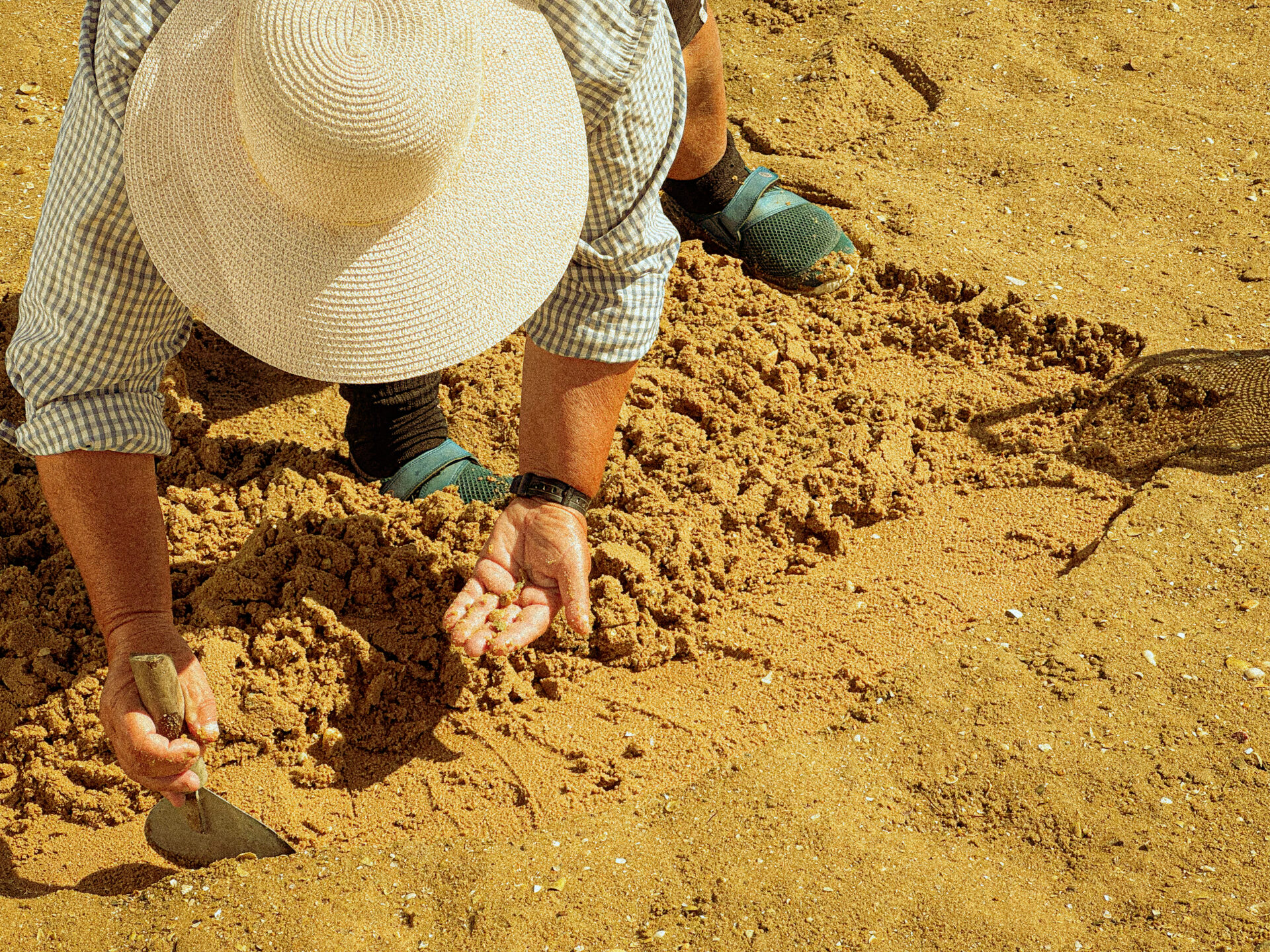
“The art of shellfishing”
First field trip with the shellfish gatherers taking part in the project to observe the activity.
Photo credits: Valentina Muñoz | Sciaena
Recognizing the importance of these women as pillars of the community aims not only to protect the environment, but also to strengthen social cohesion, contributing to sustainable community development that respects and values their unique knowledge, fostering an integrated approach that goes beyond climate action.
Through an immersive and participatory approach, we co-created safe spaces for learning, sharing, and strategizing together about a sustainable future for their territory and the seagrass meadows they depend on. Informality, trust building and active listening were cornerstones of this project.
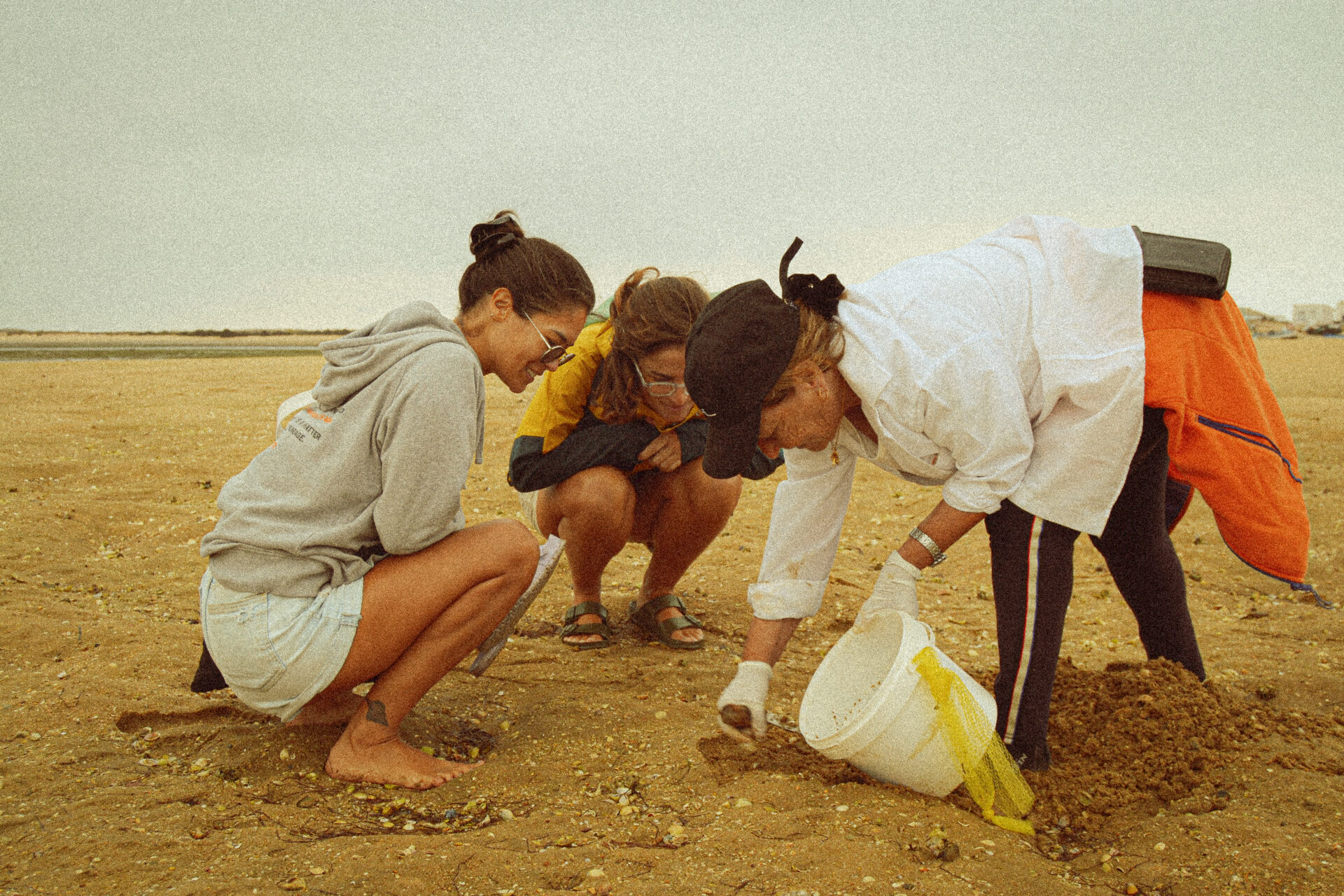
“The methodology”
The project adopted an immersive and collaborative approach, using informal methods of participation. We created spaces for sharing and learning between everyone – from the shellfish gatherers of Culatra Island to environmental, social and academic partners.
Photo credits: Joana Coelho | Sciaena
We explored topics ranging from biodiversity and climate change to blue carbon. The importance of seagrass meadows –a key ecosystem in Ria Formosa– was the central theme. Workshops, field visits, knowledge exchanges (including with the NGO Ocean Alive’s “Guardiãs do Sado”), and collaborative mapping activities led to a profound shift in local perceptions, turning seagrasses from “obstacles” to “allies” in ensuring both ecological balance and sustainable livelihoods.
The project evolved organically, having to adapt initial goals and methodologies in response to institutional and logistical constraints. This resulted in the diagnosis of major threats to seagrasses, and the recognition of socio-cultural values, such as the community-given names for sandbanks and channels.
Active listening led to a community-driven conservation proposal: restoring an existing wooden walkway that provides access to key shellfishing areas while also serving as a physical barrier protecting seagrass meadows from motorized water traffic. This idea was supported by the local residents’ association (AMIC), and Sciaena helped present it to national authorities.
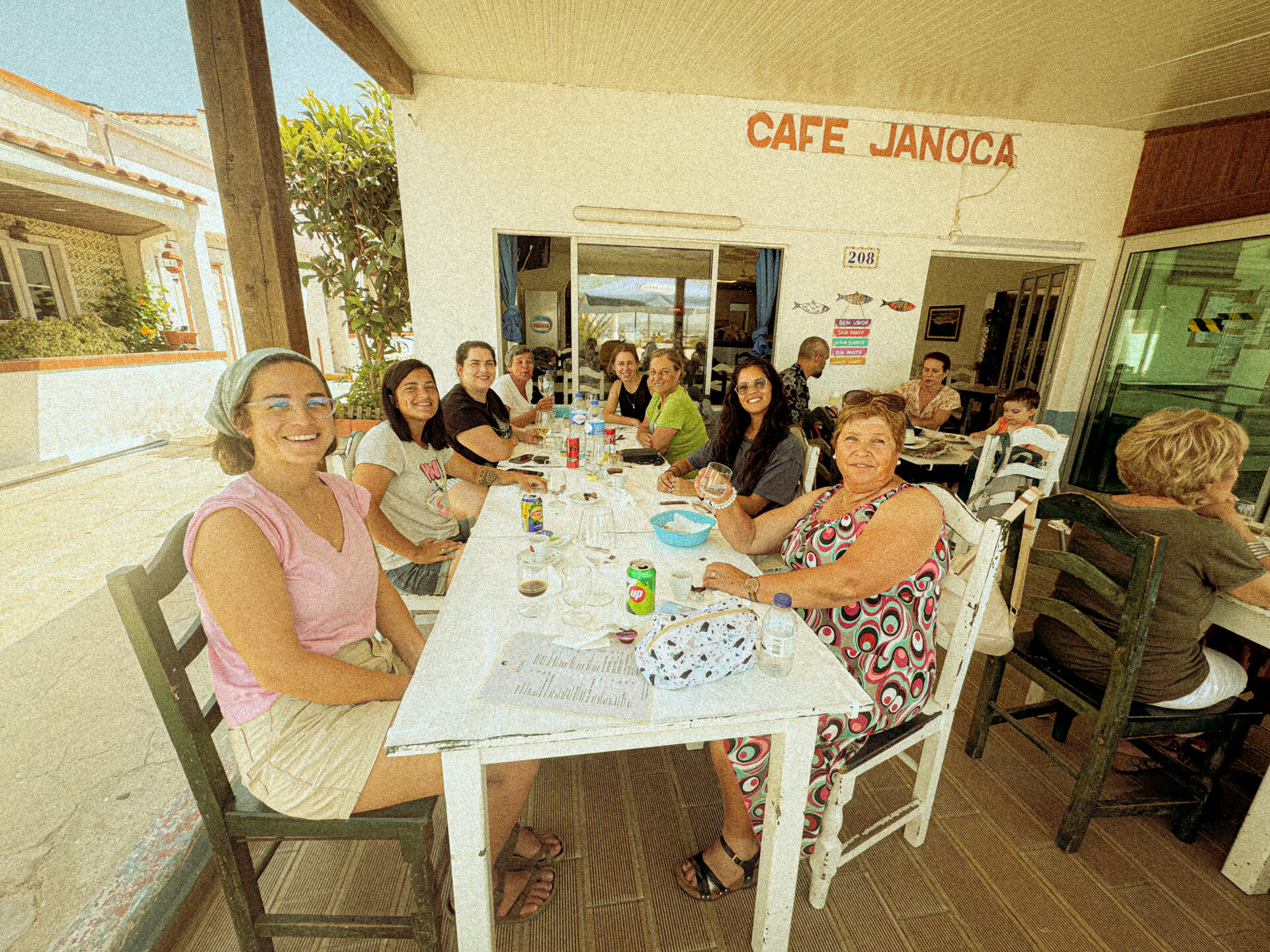
Several informal meetings were held with the participants, with the aim of creating safe and comfortable spaces for sharing knowledge and values. This picture was taken on the first meeting between Sciaena team and the women taking part in the project, from left to right: Raquel Pereira (Sciaena), Claudia Francisco (paramedic and oyster farmer from Culatra Island), Ana Matias (Sciaena), Vanda Bonzinho (the only fisherwoman of Culatra Island), Emily (volunteer photographer), Cecilia Mendonça (nurse and shellfish gatherer), Valentina Muñoz (Sciaena), Madalena Conceição (shellfish gatherer).
Photo credits: Sciaena
Mulheres da Ria became a story of trusting relationships, self-determination, collective care and climate action. It reaffirmed the importance of long-term community engagement, the value of flexibility when designing, planning and implementing a project, and the impact of shifting from top-down communication to storytelling that is from the community, for the community. It also showed that sometimes, relatively small-scale strategic improvements that respect both ecological and human realities can be as powerful as grand-scale proposals, in terms or marine conservation efforts.
Throughout the project, several communication materials were produced: a promotional video and social media content, and also coverage in local news.
This project brought women together, not only as knowledge holders and environmental stewards, but as community leaders and agents of change. Recognizing their role is essential not only to environmental protection, but to social cohesion and sustainable development, promoting an integrated and inclusive approach to climate action.
If you’d like to know more, please contact Valentina Muñoz () or visit Sciaena’s social media: Project’s Instagram, Sciaena’s Instagram, Sciaena’s website.
Posted on: 9 July 2025
